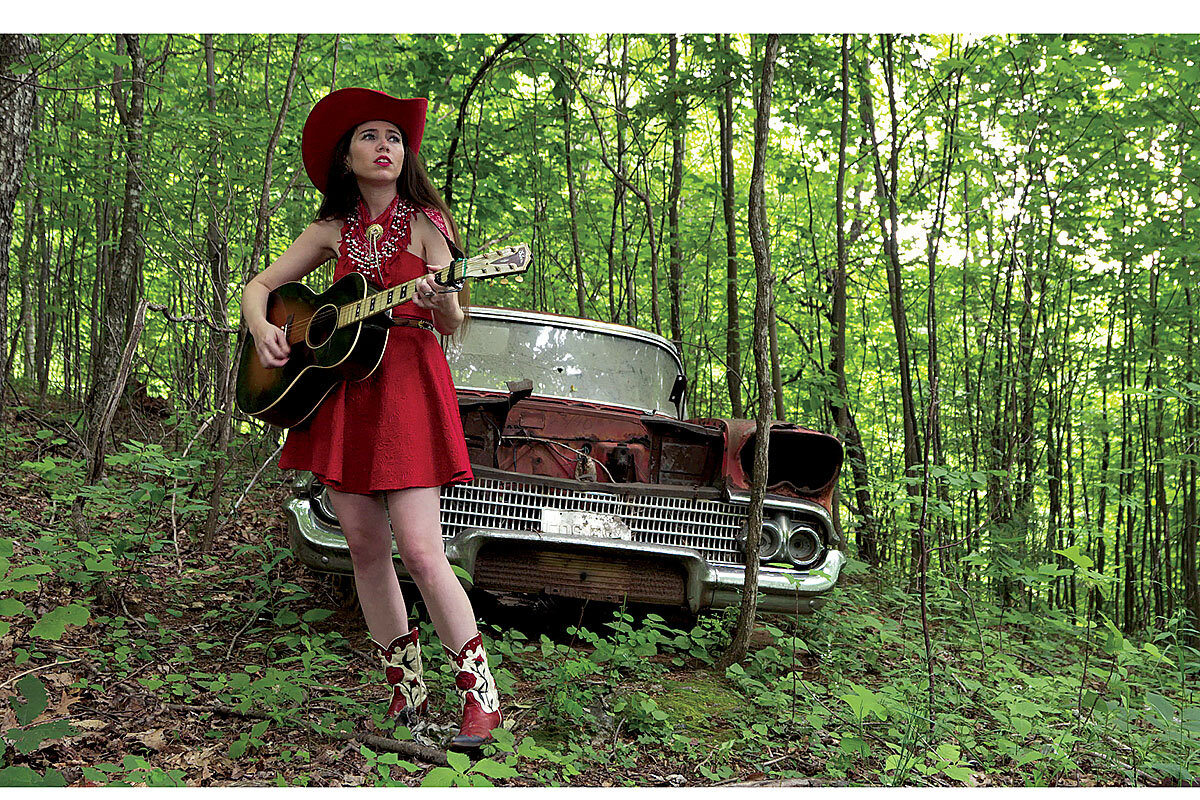A toe-tapping ode to Appalachian music
Loading...
For Galax, Virginia, an Appalachian town hit hard by the loss of its furniture industry, a yearly fiddle convention attracts tourists from locales as far-flung as Japan and Australia. Old-time music, a living ancestor of bluegrass, country, and rock ’n’ roll, is the town’s heartbeat. Despite the relative lack of commercial interest in old-time, it continues to thrive, passed down from generation to generation.
In “Fiddlin’,” an ode to old-time and its community, sibling filmmakers and Blue Ridge Mountain natives Julie Simone and Vicki Vlasic explore the power of the music they grew up on. They take viewers into the 2015 edition of Galax’s Old Fiddlers’ Convention, where musicians play into the wee hours in makeshift tents on a campground. “Fiddlin’,” now available on Amazon Prime and Apple TV, has racked up more than a dozen awards since it began playing at festivals in 2018.
It’s an uplifting look at the joys music can bring, although its narrow account of that music’s history contains disappointing oversights, particularly relating to race. For anyone interested in roots music or Americana, however, “Fiddlin’” offers some good tunes with plenty of twang.
There’s an undoubtedly communal aspect to old-time. Speaking about its distinction from bluegrass, fiddler Jake Krack describes old-time as “hanging-out-in-the-living-room-jamming sort of music.” The ability of old-time music to bring generations together makes for the film’s most heartwarming moments. These bonds shine through in the friendship between celebrated guitar maker Wayne Henderson, a self-described “geezer,” and freckled prodigy Presley Barker, who was just 11 years old at the time of filming.
Presley sees Mr. Henderson as a role model and a hero, but the pair find themselves dueling for the coveted blue ribbon in the convention’s guitar competition. Even beyond Presley, a wealth of precocious youngsters in the film are dedicated to preserving old-time.
For a film that celebrates tradition, however, “Fiddlin’” lacks serious inquiry into its roots. It puts forth a melting pot narrative in which fiddles, brought by Scottish-Irish immigrants, mixed with banjos, made by enslaved people of African origin, to create old-time. Ken Burns’ recent eight-part series “Country Music” provides more historical context on race, acknowledging that minstrelsy was responsible for the banjo’s incorporation into mainstream American music. Much of the work of Rhiannon Giddens, a singer-songwriter and music historian featured in the Burns series, has endeavored to reclaim the black roots of American folk music.
To its credit, the film documents the struggles women face to gain recognition in a field dominated by mostly white men. It also discusses attitudes toward LGBTQ people, although its focus is not to document cultural exclusions.
“Fiddlin’” is at its best when it meshes intimate performances, given on porches and in yards, with personal stories of connection with music. These celebrate music as an antidote to hard times. Karen Carr, a member of The Crooked Road Ramblers, credits “messing” with her guitar for weaning her off the pills she took to combat her depression. Describing the significance of the banjo for enslaved people, mandolin player Ronald Tuck says, “If they wanted to think about good times, they would always play music.”
Those good times come alive in the scenes where musicians join together in song as spectators clap and toe-tap along. While these images become somewhat repetitive, some musicians could have used more screen time, like Dori Freeman or Martha Spencer, who shines on the concluding song “Home Is Where the Fiddle Rings.”
“Fiddlin’,” though not a work of history, is lively, with its share of touching moments. It should be entertaining enough for most Americana fans, and offers a glimpse of how Appalachia grounds its identity in its music.







